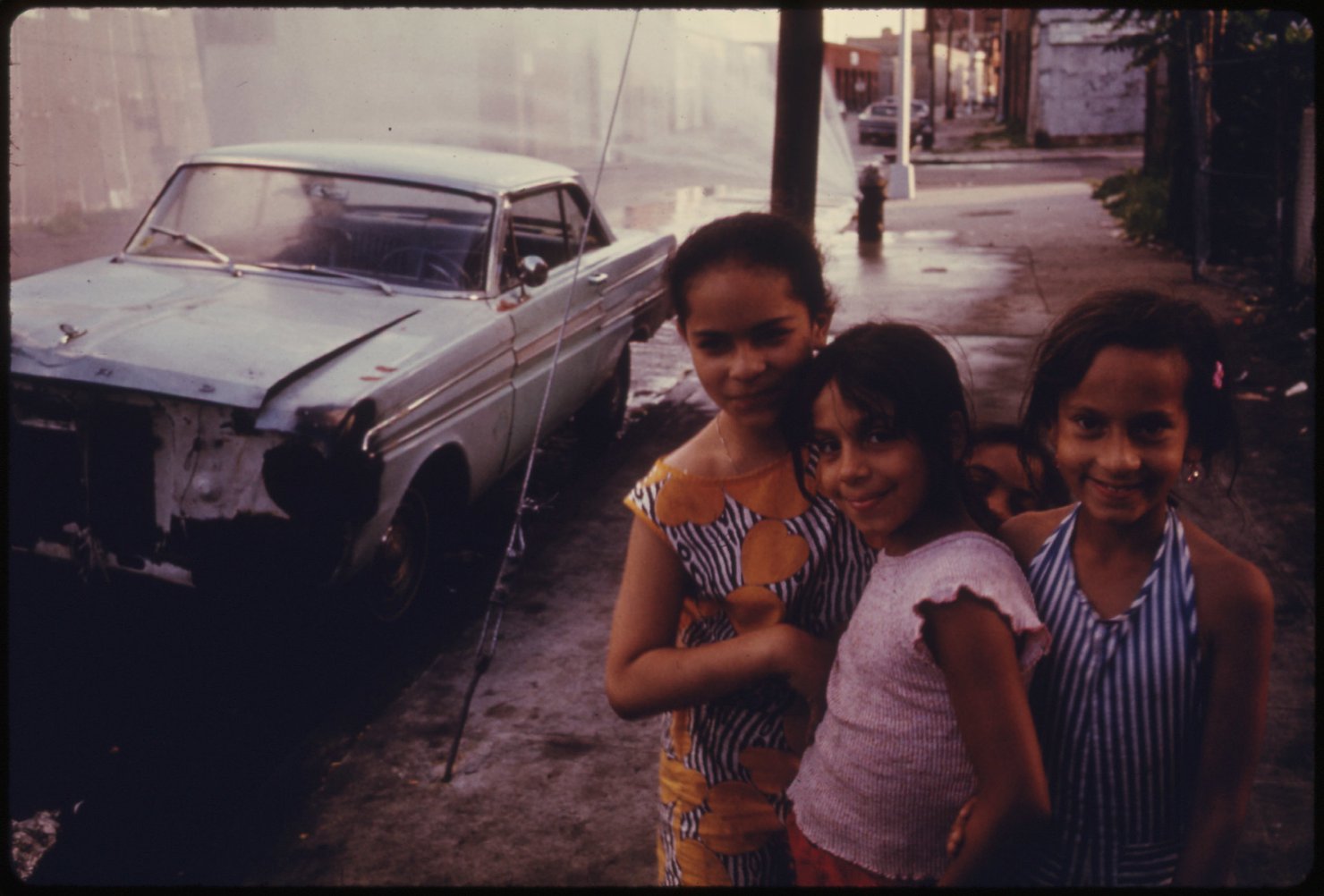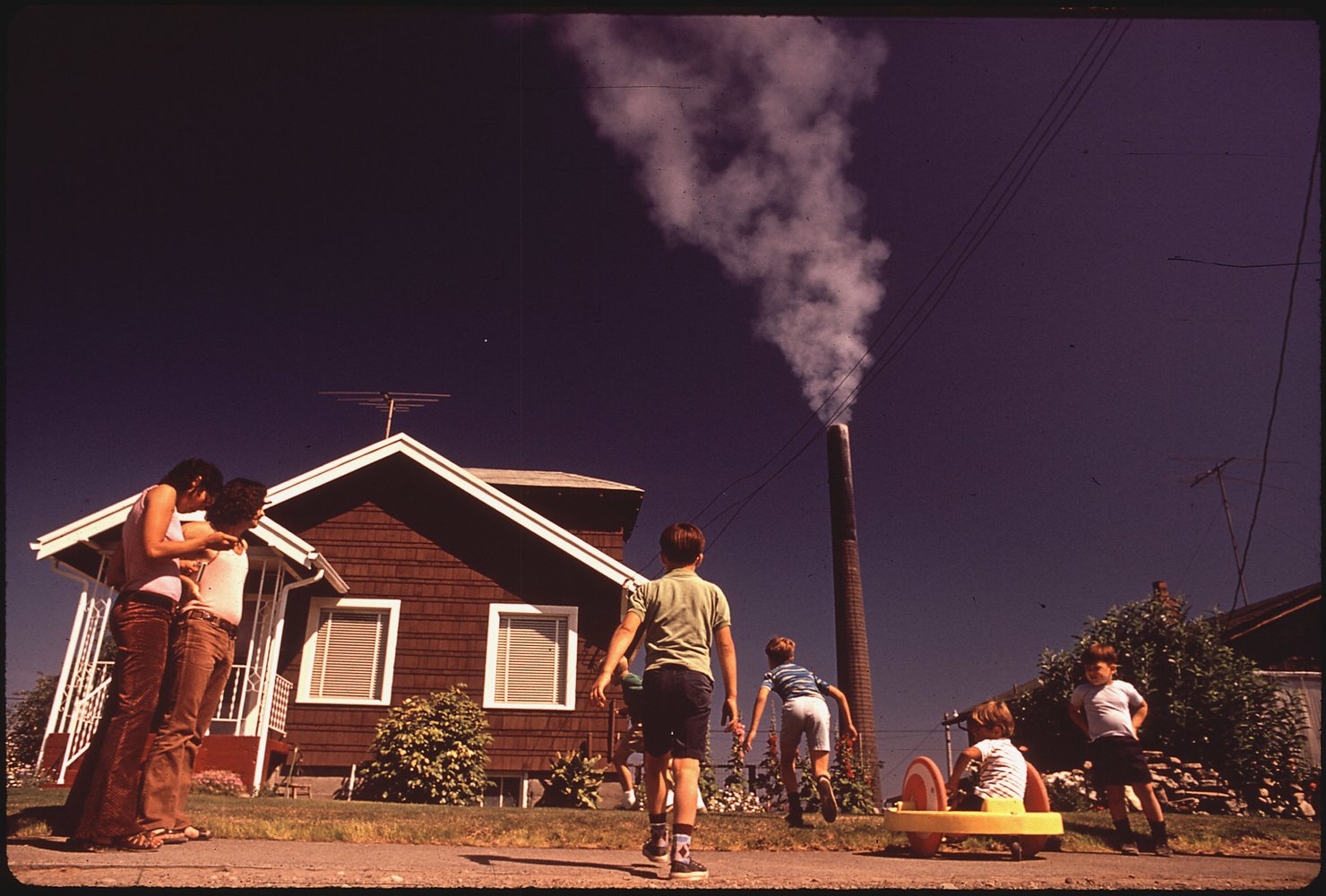Several Resources for the Future (RFF) events this summer, in a webinar series about environmental justice, focused on the history of environmental justice and contemporary efforts to mitigate inequity. The series is a collaboration between RFF and the Urban Institute, a social and economic policy research nonprofit.
Environmental justice is an imperative that is finally getting its national policy due. For many low-income neighborhoods, households of color, tribal communities, and other marginalized groups, environmental injustice compounds a legacy of social, economic, and political disenfranchisement. Recent presidential executive orders, appointments, and proposed legislation acknowledge the disproportionate burdens of negative environmental conditions and exposures, and reduced access to environmental benefits and amenities, placed on these populations.
Since the groundbreaking publications Toxic Wastes and Race in the United States (1987) and Dumping in Dixie (1990) first brought environmental justice issues to the fore, scholars have supported activists and journalists by investigating the mechanisms that create and perpetuate environmental inequities and quantifying the extent of the problems. These combined efforts have led to improved monitoring and outcome tracking and some progress at addressing persistent pollution. But inequities persist—and as the United States reckons with the climate crisis, designing policies that benefit all communities will be crucial.
This summer, Resources for the Future (RFF) and the Urban Institute hosted four events in a multipart webinar event series called Exposure, which explores the current state of environmental justice research across disciplines, examining how research can inform policy and identifying remaining gaps in knowledge. With panels of experts from research institutions and environmental justice advocacy communities, we’ve been diving deep into issues related to cumulative environmental impacts, environmental justice screening tools, energy equity and transitions, benefit-cost analysis and regulatory design, disaster and climate adaptation, and the design of climate policies. The event series asks: How can research, in partnership with environmental justice community engagement, inform better policy design and public investments to remedy inequities—past and present?
Lessons from History and a Look to the Future
Reflecting on the historical trajectory of environmental justice activism, event participants reviewed the history of empirical research that has informed legal recourse to date, policy change, and campaigns to raise the visibility of these issues.
The struggle continues: “When you control for income and race, race is the stronger predictor of exposure to environmental hazards and other harmful toxic exposures,” says Sheila Foster, a professor of law and public policy at Georgetown, where she’s the Associate Dean for Equity and Inclusion.

“Economists have found evidence that minorities are being steered into less desirable neighborhoods,” says Lala Ma, an assistant professor of economics at the University of Kentucky. “People don’t face the same choice sets.”
“We need to be taking a preventative or precautionary approach that takes in cumulative impacts,” University of Southern California Professor Manuel Pastor says, acknowledging the struggle and pointing to constructive opportunities. “Many bad ideas become policy. Many good ideas, like recognizing that climate change is real—they don’t happen unless political coalitions make them happen.”
Energy Equity and Transitions
This panel discussion covered energy justice, energy poverty, green jobs, and communities that will confront unique challenges during the clean energy transition. Environmental justice applies to both the business and consumer ends of the energy system: communities dominated by fossil fuel workers and the individuals burdened by inequities in household energy services.
For instance, energy poverty—the lack of access to reliable and affordable energy sources—occurs across the country. “We’re living in the United States of energy insecurity,” says Tony Reames, an assistant professor at the University of Michigan who is currently serving as a senior advisor to the US Department of Energy’s Office of Economic Impact and Diversity. “One in three US households faces some kind of energy insecurity; one in five US households faces the eat-or-heat trade-off.”

University of Michigan Associate Professor Catherine Hausman points out that the federal response to energy disparities to date has fallen short, including efforts like the Low Income Home Energy Assistance Program and the Weatherization Assistance Program. “They’ve been hard for people to access and offer less energy savings than predicted,” she says.
Pilar Thomas has watched energy poverty playing out among Native Americans. “If just giving money to people were going to solve the problem, then the past practice of subsidies would have solved the problem,” Thomas says. “How do we get communities positioned to take advantage of where this stuff is going?”
Chandra Farley, a director at the Partnership for Southern Equity, thinks about the future: “No matter what the transition is, we need to understand up front that disproportionate negative impacts will fall to those who are already marginalized,” she says. “We need to not just mitigate impacts, but also transform systems."
Climate Impacts, Adaptation, and Resilience
Who stands to win—or lose—as a result of climate change? Panelists at the event reviewed what we know about research on the impact of natural disasters on communities, grassroots advocacy, and related policy challenges and solutions. The impacts of temperature increases, sea level rise, and extreme weather events often hit low-income neighborhoods and communities of color particularly hard. Government policies can exacerbate these problems, because investments in hazard mitigation and the disbursement of disaster aid often disproportionately benefit wealthier households and neighborhoods.
Eric Tate, an associate professor at the University of Iowa, clarifies: “Vulnerability is about the susceptibility of people, which is revealed and amplified by disasters.”
“Loans are typically the first line of defense for disaster victims in the United States, but research has shown that over half of applicants to our disaster loan program are denied because they don’t meet debt-to-income or credit score requirements,” says Carolyn Kousky, a flood insurance expert, university fellow at RFF, and executive director of the Wharton Risk Center at the University of Pennsylvania. “With climate change worsening extreme impacts, we really need to prioritize our investments in risk reduction, so we can protect people ahead of time.”

“Long term, we want to see low-income households be equipped to deal with extreme heat [and other disasters] in a more sustainable way,” adds Sonal Jessel, the Director of Policy at WE ACT for Environmental Justice, “and in a way that’s not contributing to the climate crisis at the same time.”
Despite much that’s discouraging, we can find reason for optimism—and avenues for our efforts. “I think that an entire revolution needs to happen in engineering,” says Earthea Nance, an associate professor at Texas Southern University and certified floodplain manager who was trained as an engineer. “If anybody’s going to start the revolution, I will sign up and help. If we don’t make changes, things like environmental justice and equity are going to remain peripheral issues, and the disparities that we see are likely to perpetuate.”
Infrastructure Investments and Equitable Benefit-Cost Analysis
The federal government applies benefit-cost analysis and related economic decision tools to determine which people, projects, and locations receive funds that facilitate improvements to infrastructure. Decisions made with these tools can be helpful when it comes to allocating scarce resources for investments in hazard mitigation, climate adaptation, and water infrastructure. But because property values play a major role in the calculation of benefits, the tools can lead to inequitable outcomes.
“There’s a whole legacy of [flood control] programs,” says RFF Senior Fellow Leonard Shabman. “Those projects are 50 to 60 years old in many cases, in need of repair, and often in low-income and disadvantaged communities that can’t afford repair and rehabilitation.”

But it’s possible to incorporate good financial decisionmaking at all levels of government. “We need to think more innovatively about the benefits and costs of projects, learning from the global private sector,” says Carlos Martín, a fellow at the Brookings Institution. “To advance equity and secure community buy-in, we need to ensure that even benefit-cost analysis itself is subject to discussion.”
Amy Chester of Rebuild by Design likewise sees all kinds of reform as fair game. “Until we make the decision that we want to transform the way we build and choose projects and elect our representatives,” Chester says, “we’re going to keep doing these piecemeal things like adding an agency or tinkering with existing community benefit agreements.”
Chrishelle Palay, director of the Houston Organizing Movement for Equity (HOME) Coalition, says, “I see the value of fundamentally changing how the federal government has prioritized property over people and planet.”

Keep an eye on rff.org for updates about two more events in the Exposure series, which explores the intersections between environmental justice and research.
RFF hosts events regularly. If you missed one, it’s not too late: visit rff.org/events for full recordings of past events.

Some recommended readings from the series:
- Toxic Wastes and Race in the United States report commissioned by the United Church of Christ Commission on Racial Justice
- Dumping In Dixie: Race, Class, And Environmental Quality by Robert Bullard
- From the Ground Up: Environmental Racism and the Rise of the Environmental Justice Movement by Luke Cole and Sheila Foster
- “Which Came First? Toxic Facilities, Minority Move-In, and Environmental Justice” by Manuel Pastor, Jim Sadd, and John Hipp
- “The Rise of the Environmental Justice Paradigm” by Dorceta Taylor






